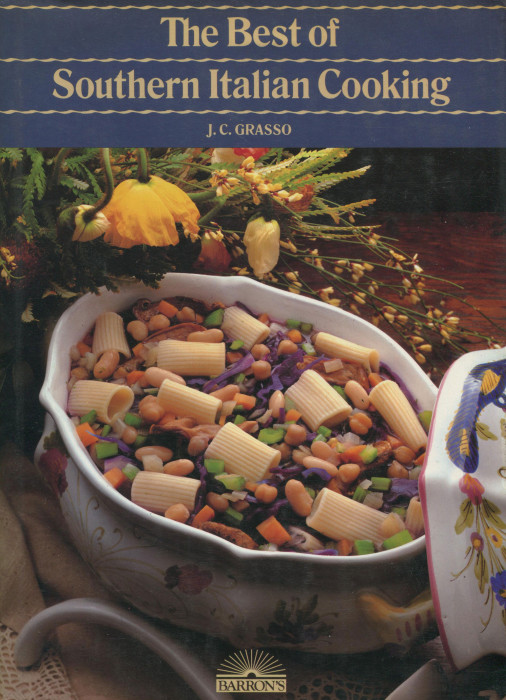When you travel in Italy, a very common phrase out of your mouth may be, “This is the most beautiful place in the world.”
After a week or two of bopping around the country, the phrase will be automatic and confusing. Just what part of Italy is actually the most perfect? Tuscany? The Lakes? The hills outside Rome? The winding streets in Naples?
Or those endless hilly venues in the South? The south of Italy is not desert by any means, but it is dry and hot. It’ll remind you perhaps of Southern California: golden hues that radiate through olive green foliage that lies low to the ground.
Southern and Northern Italy could easily be two separate countries. In fact, there are separatist movements to achieve just that. The North, heavy with industry, is unhappy with the South which is always characterized as being “poorer” and even a drag on the economy.
Life is surely harder in the South. There have always been fewer economic options and subsistence living has been a way of life for centuries. Those hardships shape the people and the cuisine.
This book from 1984 presents a very realistic portfolio of dishes from Southern Italy. These are not the recipes of the grand city restaurants. These are basic dishes eaten every day by millions of people. And treasured.
If you dine in a three-star restaurant, that makes you a bit of a food connoisseur. But if you dine at home with a modest kitchen, you are not necessarily any less of a food devotee. These recipes sparkle with flavor achieved through perfected simplicity. Kitchens in Southern Italy produce great dishes using just a few ingredients but constructing them with balance and fervor. Here are some typical recipes:
Pasta with Sardines, Raisins, Anchovy, Pine Nuts and Dill
Sweet and Sour Meatballs with Pine Nuts, Raisins, Cinnamon and Amoretti Cookies
Sweet and Sour Sardines Palermo Style with Raisins, Pine Nuts, and Pecorino
Watermelon Pudding with Cinnamon, Chocolate, and Pistachios
English "Soup" of Lemon-Flavored Cake, Custard, and Strawberries
You see the goal of competing, yet complementary flavors and textures. Pine nuts and raisins abound in these recipes. Not too much, but always there to prove a comfort level of “standardness” to the table. A little spice, like cinnamon, or a little lemon zest transforms a basic dish into some fuller and grander.
All these recipes are easily prepared in today’s modern kitchen. They have been created, tested, and perfected for hundreds of years. Peasant food? Perhaps, but it gives new and sophisticated meaning to “peasant.” One taste of those meatballs will convince you. How can you deny a meatball made with cookies?
When published, this was a timely book. It’s a snapshot of a style of cooking and recipes that are threatened as populations shift from village to city and as stoves are supplemented by microwaves. This is real Italian food, worth exploring and surely to be treasured.

